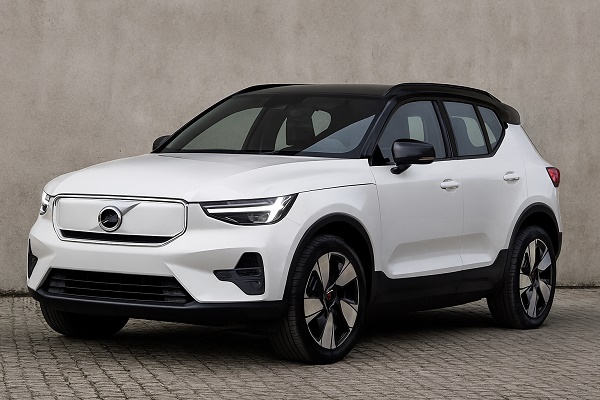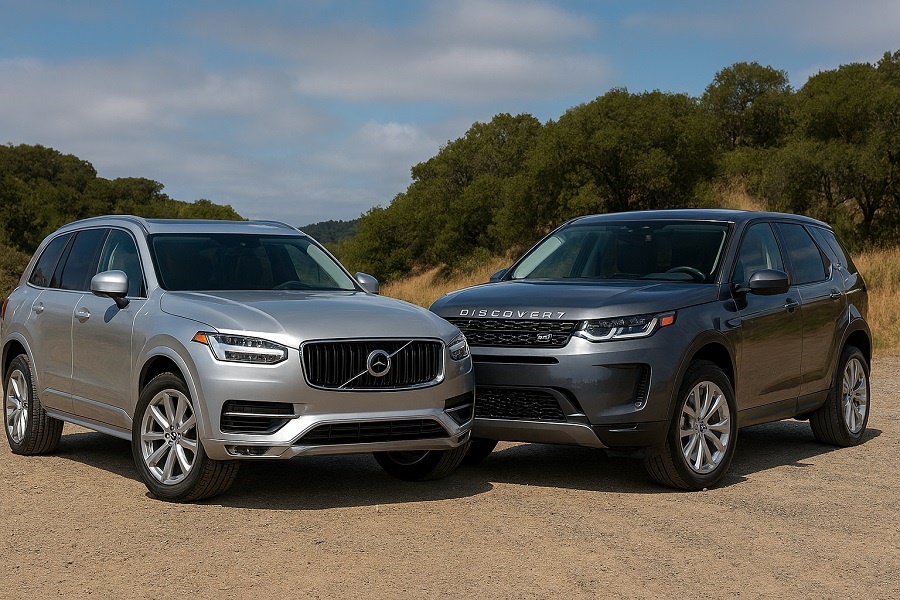Volvo Cars and Safety: Setting the Gold Standard for Automotive Protection

Volvo Cars has long been synonymous with safety, a reputation built over decades of innovation, rigorous testing, and a relentless commitment to protecting drivers, passengers, and pedestrians alike. Founded in Sweden in 1927, Volvo revolutionized automotive safety by introducing some of the earliest and most influential safety features in the industry. Today, the brand continues to lead with cutting-edge technology and design focused on minimizing risks on the road.
The Legacy of Safety Innovation
Volvo’s pioneering spirit in automotive safety began with the invention of the three-point seatbelt in 1959, a feature that has saved millions of lives worldwide. Unlike traditional lap belts, the three-point seatbelt distributes crash forces across the chest and pelvis, dramatically reducing injuries. Recognizing its life-saving potential, Volvo made the patent open and free to other manufacturers, underscoring its mission to improve global road safety.
Comprehensive Safety Systems
Modern Volvo vehicles come equipped with a suite of advanced driver-assistance systems (ADAS) that work proactively to prevent accidents. These include:
City Safety: An automatic emergency braking system that detects vehicles, pedestrians, cyclists, and large animals, helping to avoid or mitigate collisions.
Pilot Assist: A semi-autonomous driving aid that supports steering, acceleration, and braking on well-marked roads up to highway speeds.
Run-off Road Mitigation: Prevents accidental road departures by gently steering the car back into the lane and tightening seatbelts if necessary.
Blind Spot Information System (BLIS): Alerts the driver to vehicles in blind spots and assists with safe lane changes.
Structural Integrity and Crashworthiness
Volvo invests heavily in the structural design of its vehicles to absorb and dissipate crash forces efficiently. The brand’s proprietary “Safety Cage” concept uses ultra-high-strength steel to form a rigid passenger compartment while crumple zones absorb impact energy. Volvo’s cars consistently achieve top scores in global crash tests conducted by organizations such as Euro NCAP, IIHS (Insurance Institute for Highway Safety), and NHTSA (National Highway Traffic Administration).
Vision 2020 and Beyond: Toward Zero Injuries
Volvo’s ambitious Vision 2020 initiative set a goal that no one should be killed or seriously injured in a new Volvo car by 2020. While the automotive industry continues to face challenges, Volvo has made significant strides in this direction, incorporating AI-driven safety technology and connectivity features that alert drivers to hazards and facilitate quicker emergency response.
Pedestrian and Cyclist Protection
Understanding that safety extends beyond the vehicle’s occupants, Volvo has developed pedestrian detection systems combined with automatic braking to reduce fatal accidents involving pedestrians and cyclists. Additionally, Volvo designs vehicle fronts and hoods to minimize injury to pedestrians in case of impact.
The Future of Volvo Safety: Electric and Autonomous Vehicles
With the rise of electric vehicles (EVs) like the Volvo XC40 Recharge and plans for fully autonomous driving, Volvo continues to adapt its safety technologies. EV platforms allow for innovative battery placement and structural reinforcement, enhancing crash protection. Autonomous systems promise to reduce human error, which accounts for the vast majority of accidents.
Conclusion
Volvo Cars remains a global leader in automotive safety due to its holistic approach combining innovative technology, superior engineering, and a deep-rooted corporate philosophy prioritizing human life. For consumers seeking a vehicle with world-class safety credentials, Volvo offers peace of mind backed by a century of experience and ongoing commitment to protecting every journey.





















